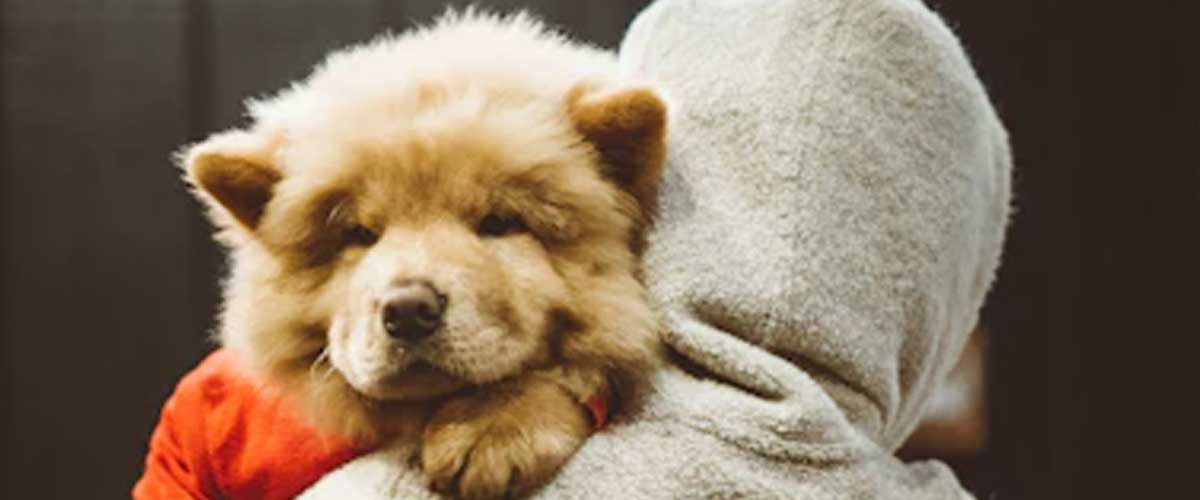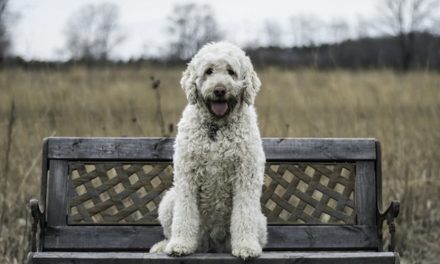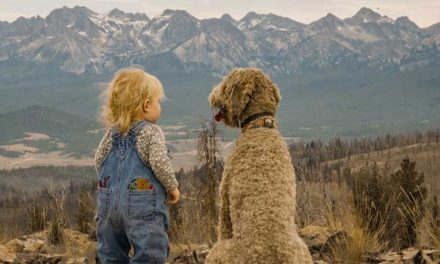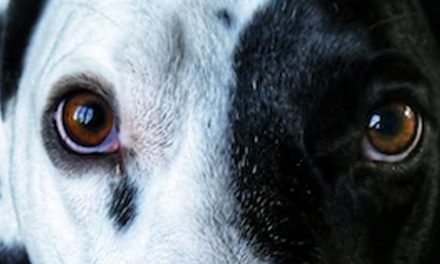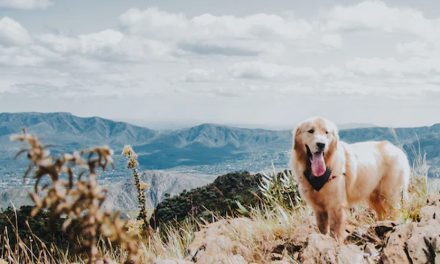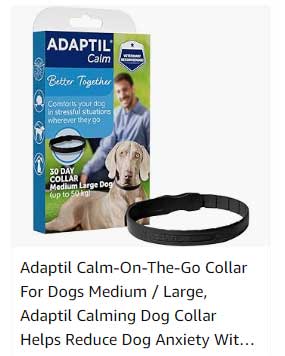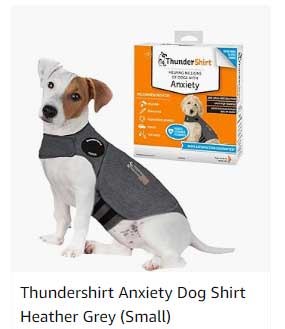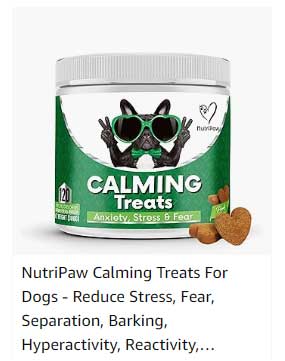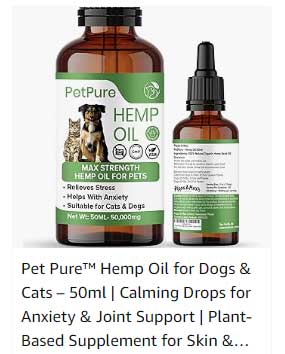Many dog owners have experienced the frustrating and often embarrassing situation of their dog pooping in the house, particularly when it’s linked to anxiety.
While it may be tempting to scold your furry friend, it’s essential to first understand the root cause of the issue.
By effectively addressing anxiety, you can help your dog feel more secure and reduce the incidence of anxiety-induced accidents.
Understanding Dog Anxiety and Its Effects
Dog anxiety can manifest in various ways, and one unfortunate side effect is inappropriate elimination.
This can often happen in response to stressful situations, such as being left alone, loud noises (like thunderstorms or fireworks), or changes in the household environment.
Dogs with anxiety may feel overwhelmed and unable to control their bowels, leading to accidents.
Recognizing the Signs of Anxiety in Dogs
Before you can tackle poop anxiety, it’s important to recognize the signs of anxiety in your dog.
Common indicators include: –
- Excessive barking or howling
- Destructive behavior (digging or chewing furniture)
- Pacing or restlessness
- Trembling or shaking
- Loss of appetite
- Withdrawal from family activities
If you notice these signs, your dog may be experiencing anxiety that needs addressing.
Tips to Alleviate Dog Anxiety and Reduce Accidents
1. Create a Safe Environment:
Ensure your home is a stress-free zone for your dog.
This might mean providing them with a comfy bed, toys, and a designated safe space where they can retreat when feeling anxious.
2. Establish a Routine:
Dogs thrive on routine. Consistent feeding, walking, and playtime can help create a sense of stability.
If your dog knows what to expect, their anxiety may decrease.
3. Desensitization:
For dogs anxious about specific triggers, such as loud noises, consider gradual desensitization.
Start by exposing your dog to the trigger at a low intensity and reward them for calm behavior.
Gradually increase the exposure over time.
4. Positive Reinforcement:
Reward your dog for desirable behaviors.
If your dog eliminates outside or in an appropriate place, offer verbal praise, treats, or affection.
This helps reinforce the behavior you want to see.
5. Exercise and Mental Stimulation:
Physical exercise is crucial for reducing anxiety in dogs.
A well-exercised dog is generally less restless and prone to anxiety issues.
Incorporate daily walks, play sessions, and mental challenges, like puzzle toys, to keep their mind engaged.
6. Behavioral Training:
Working with a professional dog trainer or a behaviorist can be incredibly beneficial.
They can help you implement specific training techniques tailored to your dog’s needs.
7. Consider Medications:
In more severe cases, consulting a veterinarian about anxiety medications or natural calming supplements can be a viable option.
These should be considered alongside behavioral modification techniques for the best results.
8. Use Calming Products:
There are a variety of calming products on the market, such as pheromone diffusers, calming collars, and anxiety wraps that can help soothe an anxious dog.
These products can be effective in creating a calming atmosphere.
9. Avoid Punishment:
Remember that punishment can exacerbate anxiety.
Instead of scolding your dog for accidents, focus on cleaning up thoroughly (to eliminate the smell which may encourage repeat behavior) and redirecting them to the appropriate outdoor space in the future.
10. Consult a Veterinarian:
If your dog’s anxiety seems severe or is affecting their quality of life, it’s essential to consult a veterinarian.
They can rule out any underlying medical conditions and guide you on the best course of action.
Conclusion
Addressing anxiety-related pooping in dogs takes time and patience.
By understanding the root causes of your dog’s anxiety and implementing consistent, loving strategies to alleviate it, you can significantly improve their well-being and reduce accidents.
Remember, your goal is to create a supportive, encouraging environment that helps your dog feel safe and secure.
With the right approach, you and your furry friend can overcome anxiety challenges together.

